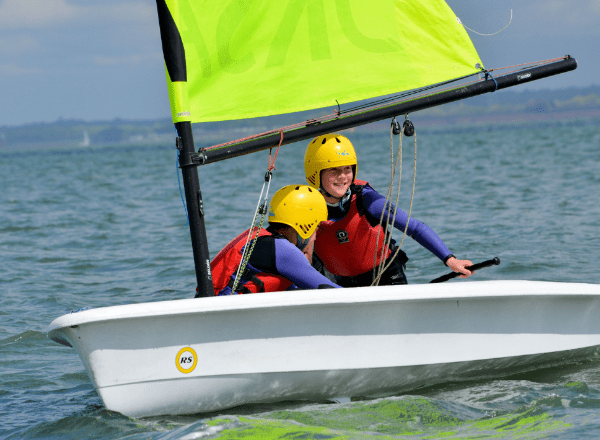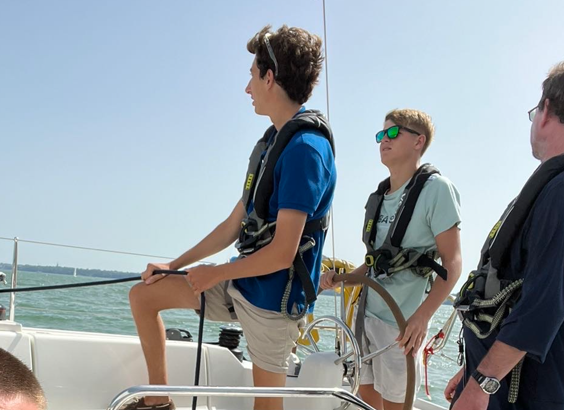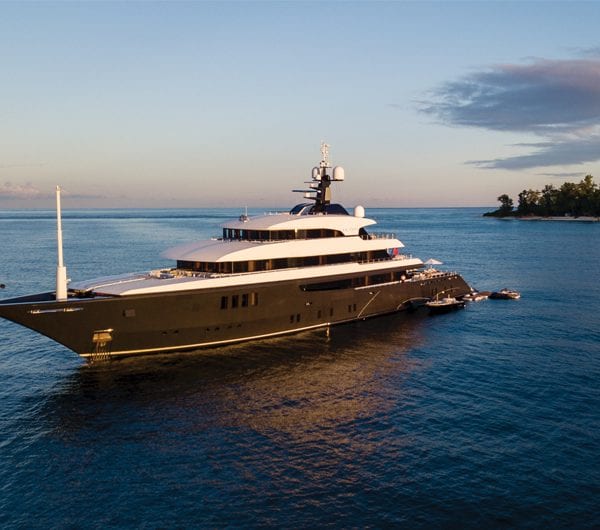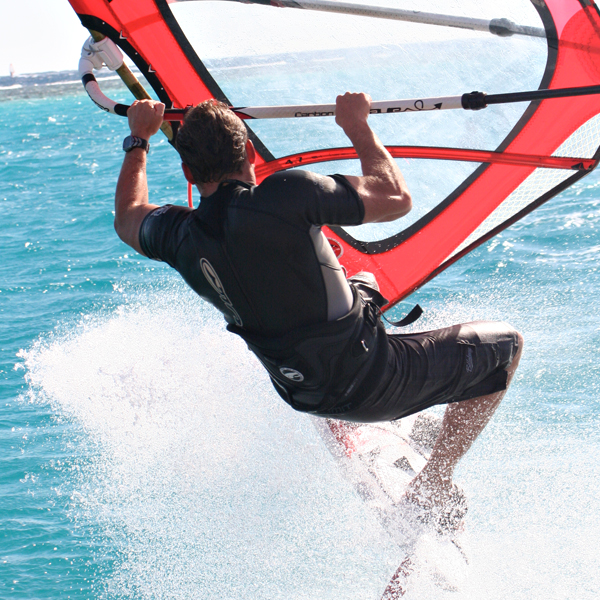Catamaran vs Monohull: Understand the differences
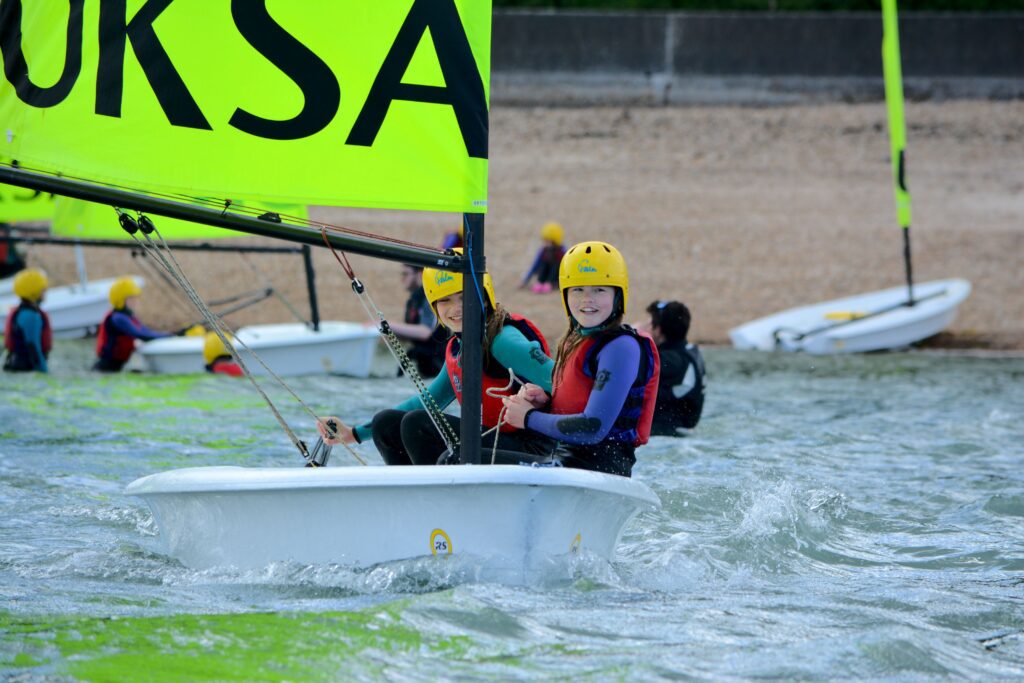
When deciding between a catamaran and a monohull, prospective sailors often find themselves navigating through a sea of information. Each type of vessel offers unique benefits and challenges that are worth considering before making a purchase or choosing a boat for your next sailing adventure. In this article, we’ll dive into the main differences between catamarans and monohulls, explore their distinctive sailing characteristics, and see how you could learn to sail one UKSA.
What is a Catamaran?
A catamaran is distinguished by its two parallel hulls of equal size, which set it apart from the traditional single-hulled boats. This design provides a wider base, which contributes to greater stability and less tilting (heeling) under sail, making it a popular choice for those prone to seasickness or who enjoy a more relaxed sailing experience. The dual-hull configuration of a catamaran allows for more spacious living accommodations aboard, making it ideal for longer voyages or luxury cruising.
Real-life examples of catamarans include luxury cruise ships that ply the Caribbean, offering expansive deck spaces and large cabins that resemble floating hotel suites. Smaller catamarans are also favored in competitive sailing, as their design allows for rapid acceleration and high speeds.
What is a Monohull?
In contrast to the dual-hulled catamaran, a monohull features a single hull. This traditional design is what most people envision when they think of a sailboat. Monohulls are valued for their agility and ability to cut through waves with ease, providing a dynamic sailing experience that many sailing purists cherish.
Monohulls are often seen participating in prestigious racing events like the America’s Cup and the Volvo Ocean Race, where speed, agility, and crew skill are pushed to the limits. They are also the boat of choice for those learning the fundamentals of sailing, as they respond adeptly to sailor inputs and offer immediate feedback on adjustments.
Catamaran vs Monohull: Key Differences
The key differences between catamarans and monohulls can be broadly categorised into design, performance, and usage aspects.
Stability and Space: Catamarans, with their wider beam, offer enhanced stability, which reduces rocking and makes them less likely to capsize compared to monohulls. This stability also means more space on board, both above and below deck, which can enhance the comfort of longer journeys.
Performance and Handling: Monohulls are generally faster upwind and offer a more thrilling sailing experience. They are capable of deeper sailing angles to the wind and can handle rough waters with more grace. Catamarans, on the other hand, excel in flat-water conditions and downwind courses, boasting faster speeds due to their lighter construction and reduced hull drag.
Draft and Accessibility: The shallower draft of catamarans allows the to explore waters that are off-limits to deeper keeled monohulls, making them perfect for shallow water adventures. Monohulls, with their deeper draft, provide better upwind performance and stability in deep waters.
Sailing Differences
Sailing a catamaran versus a monohull involves different techniques and experiences. The smooth feel and stability of a catamaran can also make the sailing experience feel less ‘hands-on’ compared to the lively feel of a monohull, which tilts significantly when under sail.
In terms of handling, catamarans can be more challenging to maneuver at low speeds or in tight spaces due to their wider beam. Monohulls, by comparison, offer more precise control and are generally easier to dock in narrow slips.
Learn to Sail with UKSA
At UKSA (United Kingdom Sailing Academy), we are dedicated to introducing newcomers to the thrilling world of sailing and helping seasoned sailors refine their skills. We provide expert guidance and access to top-notch facilities, tailored to each sailor’s experience level
Whether you’re looking to understand the basics or master advanced techniques, our focus is on ensuring you receive the best possible training.
Our aim is to make sailing accessible and enjoyable for everyone. We believe that with the right foundation, anyone can learn to sail and appreciate the joys and challenges of the sport. At UKSA, we are not just teaching sailing; we are inspiring a lifelong passion and respect for the sea. Sign up for a dinghy sailing course today.



